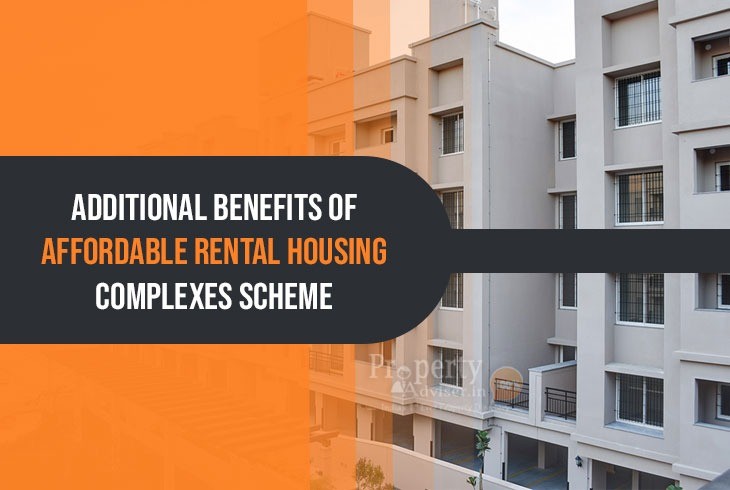The Union Cabinet on 8 July approved the establishment of affordable housing complexes for urban migrants and the poor under the Pradhan Mantri Awas Yojana-Urban (PMAY-U) programme to facilitate affordable rental housing.
It is expected that this ARHC scheme would benefit nearly three lakh beneficiaries initially. Beneficiaries under this scheme will be an urban migrant and poor living across locations in Indian cities. Students will also be able to get benefits under this affordable rental housing scheme.
Adding to this, the government will also offer special incentives to private and public entities to develop such housing complexes on their available vacant land for 25 years under the scheme. These incentives include use permission, 50% additional floor space index (FSI), concessional loans at priority sector lending rate and tax reliefs at par with affordable housing.
Two-Pronged Approach of ARHC Scheme
The Affordable Rental Housing Complex Scheme has been divided into two sections.
Firstly
The current vacant government-funded housing complexes will be converted into ARHCs by concession agreements for 25 years. Concessionaires will make the complexes viable by repairing / refurbishing and maintaining rooms and filling gaps in infrastructure such as water, sewer/septage, sanitation, roads, etc. The Member States / UTs will select concessionaires through transparent bidding. Complexes will return to the Urban Local Bodies ( ULBs) after 25 years to restart the next cycle as before or run on their own.
Secondly
Special incentives such as use permits, 50 percent additional FAR (floor area ratio) or FSI( floor space index), concessional loan at priority sector lending rates, tax relief, etc. will be offered to private or public entities to develop ARHCs on their available vacant land for 25 years. As a result of these incentives, the private sector is also expected to see this as an investment opportunity to develop their lands/properties as rental housing complexes to create rent.
Initially, the government has a target of 75,000 rental complexes, but it may go beyond that once compliance is completed and private entities begin to participate. The scheme opens up vast opportunities for the country's rental market. Private entities will be able to generate rents by investing a certain amount, while the Urban Local Bodies are happy to be able to use the existing government houses.
The government would also offer GST and income tax benefits to make this affordable rental housing complex scheme lucrative for the private sector, but they will have to follow the 18-month timeline.
Once the rental housing facility for migrant labourers is created, the real estate projects will not get delayed as there will be no shortage of labourers. For developers also, it's a business opportunity as they can exploit benefits on additional FAR and financing.
By: Shailaja K












